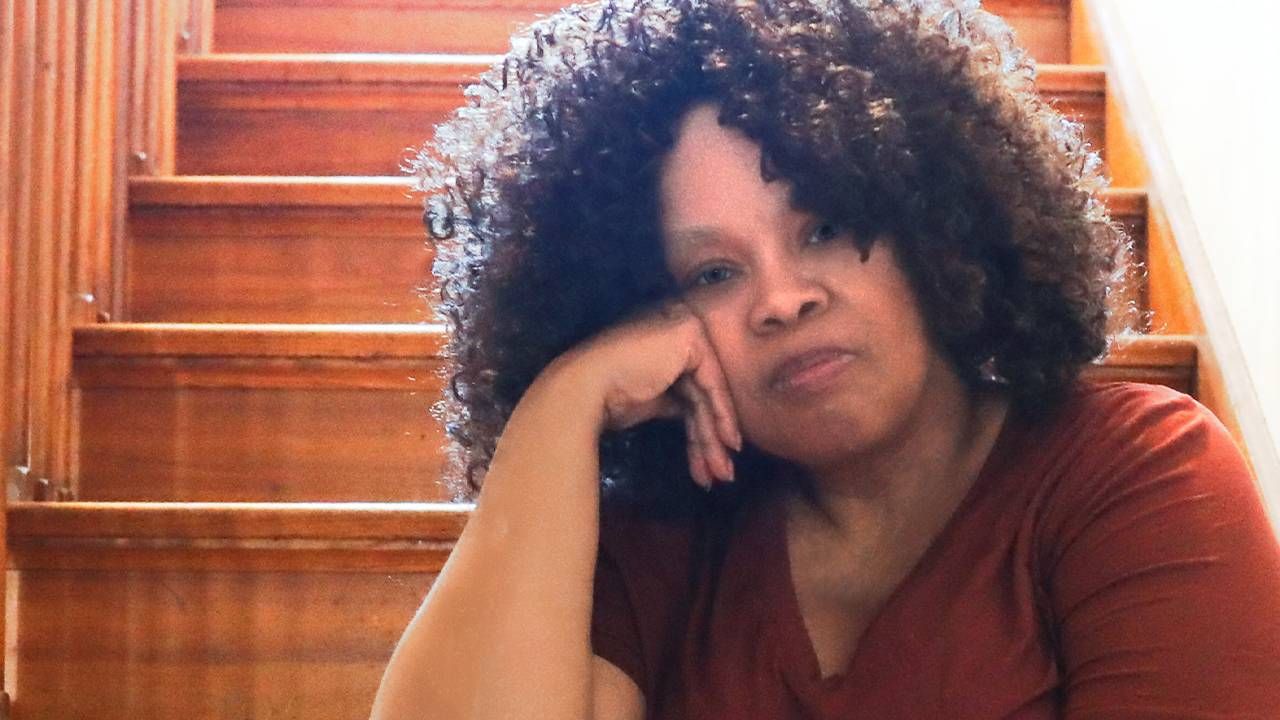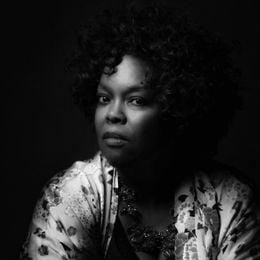We're Getting Our Financial Act Together in 2021 — Step 3: Aging in Place
How my husband and I made our home safer for us now and into the future
Editor’s note: This is the latest installment of Andrea King Collier's series about how she and her husband are getting a handle on their finances in 2021. The previous articles are "We're Getting Our Financial Act Together in 2021 — Step 1: Trimming Expenses" and "We're Getting Our Financial Acts Together in 2021 — Step 2: Applying for Medicare."

When I started this series about getting ready for life at 65 and beyond, I had no idea this year of planning and executing those plans would go by so quickly. With just a couple of months left, I was feeling the self-imposed pressure and realized my husband Darnay, 64, and I needed to get to work making our Lansing, Mich., home more suitable if we'd age in place here.
Then it dawned on me that preparing our 2,800-square-foot house built in 1929 — two floors and a basement — for aging in place is an ongoing process. But Darnay (a middle school teacher) and I needed a plan as long as we still see our home as our forever house.
Should We Stay or Should We Go?
So, we sat down with a notebook.
Knowing how your body has changed, writing it down and making a plan to address it can be humbling and real.
The first set of entries was around the pros and cons of moving out of the house we've lived in for 32 years, and into a ranch-style home in a warmer climate that would address the stairs issues.
In truth, the idea of moving at this time felt overwhelming. And even though our neighborhood is seeing a boom in both home sales and prices, that also meant the price of a new place that didn't require remodeling and other hacks would be expensive. We decided to commit to aging in place.
Next, our focus changed to what we needed to do to make the house comfortable and safe for the years to come.
What We Know and What Might Happen
I started my list with what we knew — versus what could happen in the future.
What we knew: our current physical challenges and fears around aging in this place. This observation wasn't pleasant, because knowing how your body has changed, writing it down and making a plan to address it can be humbling and real.
In my case, I have some chronic issues, like a back with a mind of its own and knees that just decide they will not bend on demand on a moment's notice. Both of these make a home with three floors a challenge. Chances are, this isn't going to get any better.
We rebuilt our outdoor steps in 2010, which were fine for years but have been feeling steep to us lately. So, this summer we redid them, adding a couple of extra steps. It makes a big difference when I am bringing groceries and other packages in.
That was a quick fix but dealing with the indoor steps has been a bit more challenging.
Dealing With the Steps
Here, we reinforced the railings throughout the house and added hand railings in the basement. And, to reduce some stair travel, I've started to use daily our laundry chute that runs from our second floor to the basement.
The best hack would be to move the washer and dryer to our second floor to avoid all the up and down walks to the basement, but we have no space for that without a major renovation.
We are also looking at toilets with a raised profile that's kinder to temperamental knees.
The bathroom: Since we had to do some major repairs there because of old leaky, rusty pipes, we decided to replace our old cast iron tub with one that has lower sides, making it easier to get in and out, as well as adding grab bars on the wall.
We are also looking at toilets with a raised profile that's kinder to temperamental knees. I often think about the "Grace and Frankie" episode with Jane Fonda and Lily Tomlin, where a low-profile modern toilet presented a major challenge for Grace; funny, not funny. ("Grace and Frankie" producer Marta Kauffman was just named a 2021 Next Avenue Influencer in Aging.)
We're adding a grab bar there, too.
My husband and I are really into technology and what it can offer. So, we did our homework on "smart" tools that could help us age in place. As a result, we're setting up a sophisticated home security system including cameras, lights and smart locks.
We also upgraded our thermostat and smoke detectors to smart versions we can monitor via our phones. We already had several wireless virtual assistants that we never used but have now programmed them to call for help if one of us falls.
Fear of Falling
Speaking of falling, this is my biggest fear as we age. I know I'm not alone, and for good reason. According to the Centers for Disease Control and Prevention, one in three older adults has a significant fall each year. Darnay and I know that a single fall could impact our ability to live independently.
To help prevent falls, we've added light switches at the top and bottom of each staircase. I also bought night lights and placed them in sockets strategically around the house.
You might replace your bathtub with a walk-in shower with a sitting bench.
One of the best tips I got to avoid falls and injuries was to remove clutter on the steps and floor. I am notorious about having stacks of books on the steps and on the floor by my bed; Darnay spreads out his tools when he is working on the house. These things were bad habits before, but bad has a whole new meaning when you are terrified of a tumble.
Since our weather can turn nasty in a moment, we also added to our 2021 budget money for hiring people to help keep the porch, sidewalks and driveways clear from snow and ice.
Cost has been a factor for getting our home ready to age in place. We did defer some purchases, such as buying a whole-house generator to replace the portable one we bought a few years back. Problem is, whole-house generators come with a hefty price tag, starting at about $6,000 all the way up to $10,000 for a house our size.
This will probably be our next major aging in place purchase — someday.
Our other deferred purchase: a new heating and cooling system. Our house has a gigantic steam heat system put in when it was built. We have been more than fortunate that it hasn't failed us yet. But I hold my breath every winter.
I worry that when we least expect it, we will end up with a major bill to replace the heating and cooling system. We got some estimates and are probably looking at a $10,000 expense. Hopefully we can put this off until 2023.
What Did I Forget?
Sometimes, even with the best list you can't see that far down the road alone. We asked friends and families what they did to address their aging in place needs and they gave me a few tips we hadn't thought of and which might be helpful for you, too:
- Bump up your lighting in every room. That includes task lighting in the kitchen and better lighting wherever you read. The better your lighting, the less strain on your eyes, the less likely you are to fall and the easier it will be to prepare food in the kitchen. Don't forget adding lighting outside, including motion sensor lights, to prevent falls.
- Get rid of the pretty, but slippery, bathroom floors. Look at rugs that don’t slide around and place them in front of the shower or tub. Or replace slippery flooring with high quality linoleum or engineered wood flooring.
- Widen doors during renovations. Although you probably don’t think you’ll need it, most homes need widening doors for potential wheelchair access. Widths, especially in older homes, can be as narrow as 28 inches. The standard as set by The Americans with Disabilities Act is 32 inches.
- Rethink using rugs and runners. They can cause tumbles and falls.
- Consider getting rid of the bathtub. You might replace it with a walk-in shower with a sitting bench to avoid the difficulties of climbing in or out of the tub and putting yourself at risk for falls.
We thought we had plenty of time to get everything done to help us age in place. But 2021 was, of course, complicated by COVID-19 supply chain delays. So, our redesigned kitchen is probably six to eight months behind schedule; we can't get cabinets any sooner.
I'd say we're now 50% done throughout the house. Truth is, the more we tackled projects, the more we found needed to be done. Like regular home maintenance, there's always something to do to make your home more accessible and safer.


